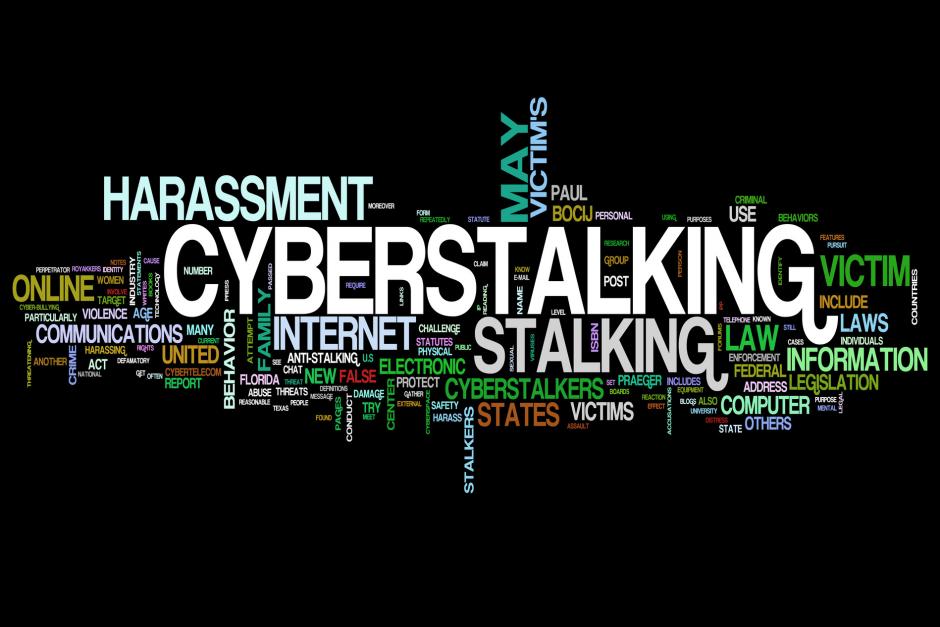Why training programs don't seem to stop workplace online and offline abuse and bullying
Have you ever been at work, perhaps sitting in a meeting, and finding yourself suddenly watching a display of interpersonal incivility, aggression or bullying and wondered why it was happening?
Vingette
Shortly after arriving at a large government organisation, I was invited to the division's bi-annual meeting with all EL2 and Band 1 managers. In the first morning session, two EL2s started shouting abuse at each other, in fact, one individual got out of his chair. It seemed clear in listening to the shouting that at least one of the protagonists was very obviously extremely frustrated while other appeared very bored, and slightly amused.
No-one said anything; we all sat and watched, and waited for one of the division’s leaders to step in and stop the abuse.

Courtesy of www.deviantart.com
After a short period (probably about 30 seconds or so) the horrified Band 2 got to his feet and asked both individuals to please stop arguing. After a short cessation, the argument recommenced. One of the Band 1s got to his feet and quietly said “Look, that’s enough. If you need to take this off line to work this out then I’ll help mediate, but this is not the place or time to have this conversation.” Both individuals quietened down, but the rest of the day was pretty much taken up with a buzz of conversation about the argument, what had set it off, and who was siding with whom.
Training is traditional aimed at the individual and their behaviour
Workplace bullying research has found that online aggression escalates offline behaviours, and vice versa (AVG Technologies’ Digital Diaries study, 2013), while these types of workplace behaviours tend to arise as a consequence of what is not done rather than what is done (Rayner & McIvor, 2008).
Organisations have traditionally invested many resources, time and effort into developing well written and articulate anti-bullying policies that are then used as the corner stone for a range of good leadership and management, communication, resilience, respect and civility, and anti-bullying courses. Such programs tend to focus on building employees’ awareness and understanding about how to detect and mitigate negative workplace behaviours.
Some of these training modules will describe and teach the types of workplace behaviours that are expected, how to recognise and deal with workplace conflict, employees’ legislated rights to work in a bully and harassment free work environment, and the impact of aggression and bullying behaviours on well-being, job satisfaction and productivity.
Generally speaking, these training modules represent a tool-kit “take-away” that the employee can later pull out and use when seeking to advocate and model respectful workplace behaviours.
Such training programs, and tool-kits, have the capacity to be perilous to employees, particularly for individuals returning to workplaces that are characterised by normalised negative behaviours, such as verbal incivility, hostility and abuse. In such cases, the freshly inducted individual who, in isolation, attempts to model or initiate the changed behaviours in their group or team may find themselves on the receiving end of increased levels of aggressive and bullying workplace behaviours from perpetrators who, frankly, would like to maintain the status quo and the control.
One of the reasons these workplace resilience, respect, leadership, or anti-bullying programs lack the leverage to change anything across the organisation is due to the assumption that negative workplace behaviours will reduce if individuals, in isolation, are taught to identify harassment, aggression and bullying, are clear about their employment rights, and can therefore confidently respond to the behaviour. Generally speaking, traditional intervention programs are built on the premise that workplace aggression and bullying arises as a consequence of poor interpersonal skills and lack of resilience by individuals.
However, research has confirmed this assumption is flawed (Salin, 2003; Pearson & Porath 2005; Rayner & McIvor, 2008; Fevre, Lewis, Robinson, & Jones, 2012; Einarsen, Hoel, Zapf, & Cooper, 2011).
Who trains the organisation?
Targets of workplace abuse, bullying and harassment are in fact more likely to be frustrated by the organisation’s response mechanisms, particularly those measures developed to protect the target from further abuse. Indeed, organisations are generally perceived as being unable or unwilling to develop or implement such measures and processes.
Organisations can change their responses by developing an integrated approach that cross all strata within the organisation, where the “individual, job, organisational and societal levels [are] required to tackle workplace mistreatment” (Hodgins & McNamara, 2014, p.65). This model aligns with current research that has found employee well-being is a by-product of “interacting influences that include the physical and psychosocial environment, including aspects of the design and management of work and its social and organisational contexts. Bullying and incivility are complex organisational problems, although manifesting at the level of individual behaviour” (Hodgins & McNamara, 2014, p.65).
Dr Lawrence has a BA SSc and a PhD in organisational social psychology and works with individuals and organisations as a consultant, speaker and trainer. She uses her social science expertise to enhance interactions between organisations and the people who lead and work in them by fostering new insights for diagnosing organisational problems, and build new capabilities and culture.



